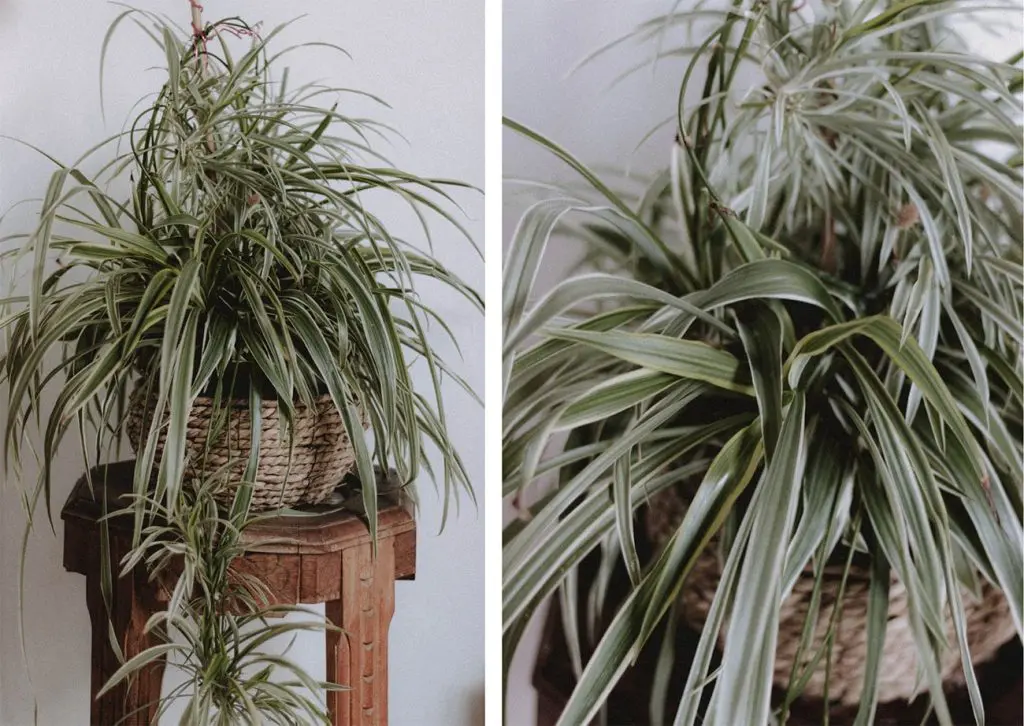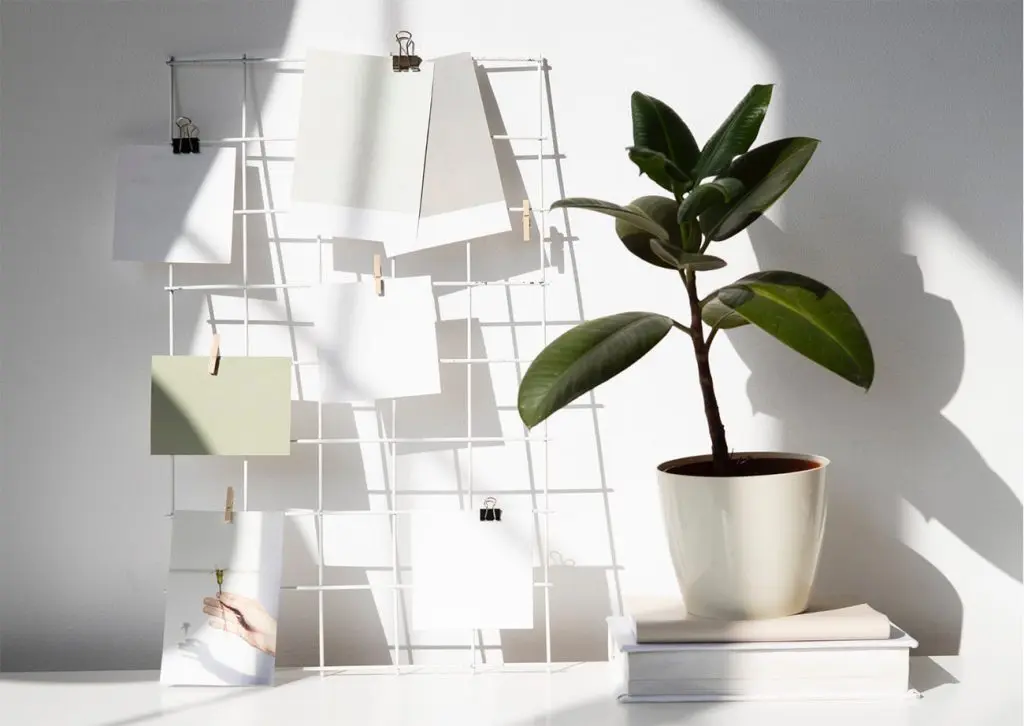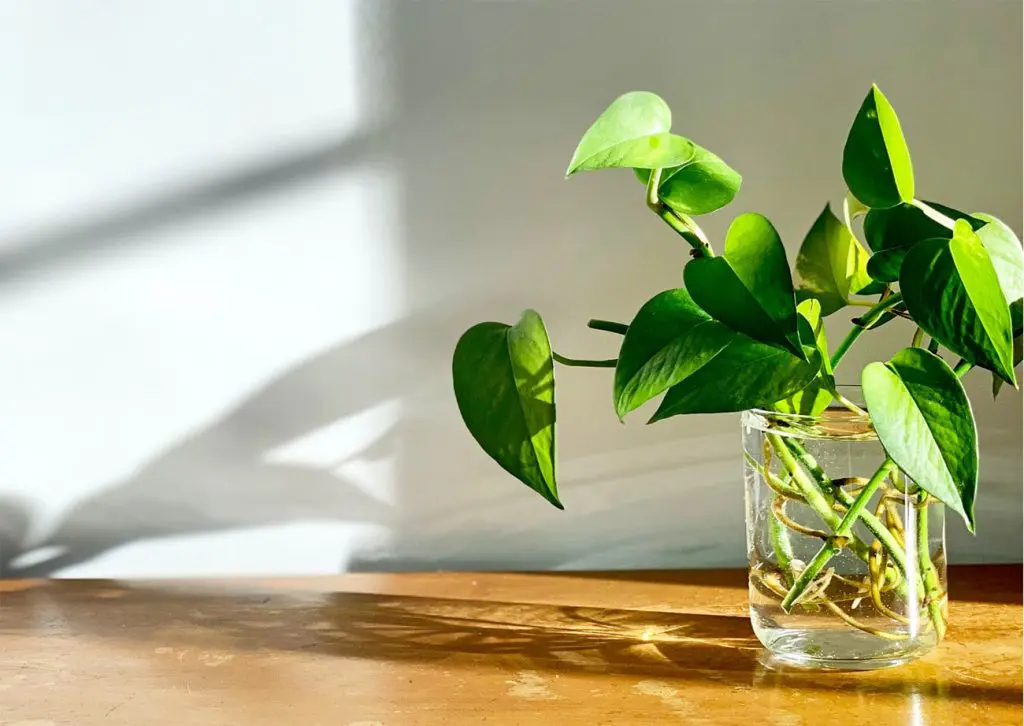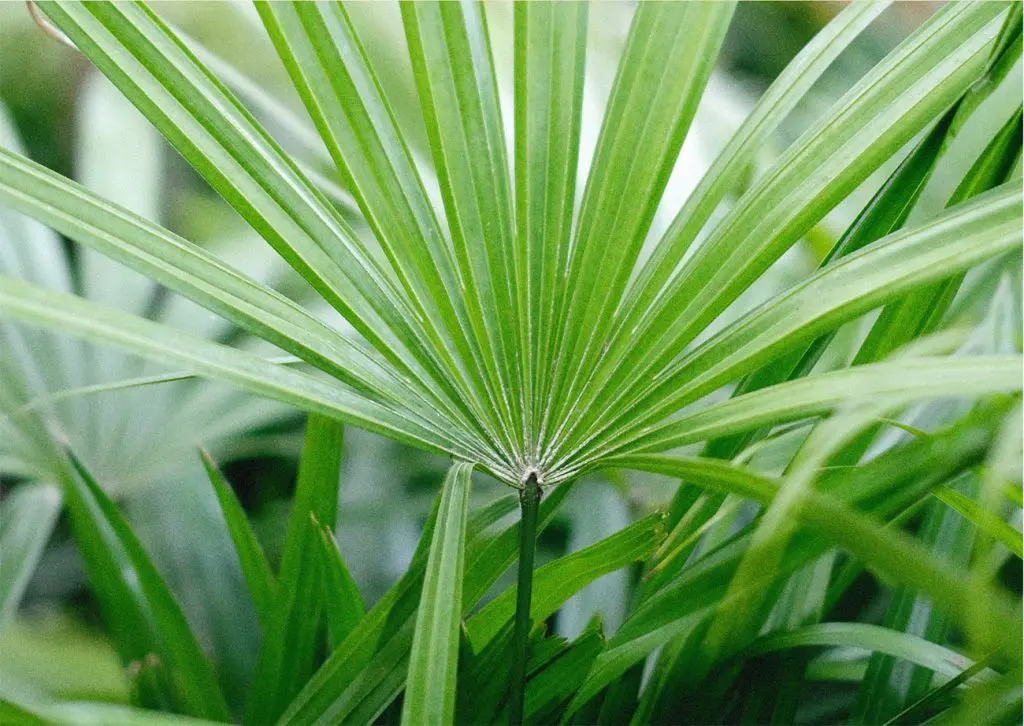The quality of the air in our homes correlates directly with our overall health. Having access to clean air at home is not a luxury but a necessity. The best part – if you are currently not ready to invest in a device or can’t afford to have a huge electric bill in order to clean the air at home, leave your worries behind. Mother Nature comes to save the day once again! There are a few house plants that have proven to provide a priceless defense against indoor air pollution. Better air for better days – we are sharing with you 5 of those air purifying indoor plants that will contribute to making your home environment cleaner and healthier.
Formaldehyde, carbon monoxide, xylene, pesticides, and VOCs (benzene and trichloroethylene) are just a few examples of the most common indoor pollutants. These toxic substances are often the cause of developing the so-called ‘sick building syndrome’ which can affect seriously the quality of our life causing symptoms such as headaches, allergies, fatigue, nausea, etc.
According to the NASA Clean Air Study, there are certain very common indoor plants that could be used to remove precisely those volatile organic pollutants mentioned above. Most of these pollutants we can find in objects surrounding us daily such as furniture pieces, building materials, and household products.
Aloe Vera
One of the test subjects in the study by NASA is the Aloe plant which is famous for its multiple applications in our daily lives. Aloe Vera is vastly used for digestion problems and skin and hair conditions due to its great antioxidant and hydrating qualities. These qualities find yet another purpose once the plant is situated in a home environment. Aloe Vera is one of the best examples among the air purifying indoor plants which clean the air by removing benzene and formaldehyde over longer periods of time.
Benzene is a solvent that is often found in various paint products, dyes, and synthetic materials such as rubber and plastic. The other substance – formaldehyde, on the other hand, is usually present in insulation materials including laminate flooring and furniture made out of particle boards.
What was surprising to discover was the reaction of the plant to the exposure to such VOCs. Over time the aloe plant starts to develop brown spots on its leaves if there is a higher amount of benzene present in the air. Like that, Aloe Vera acts as a ‘monitor’ of the air quality in the space where it is placed.

Spider Plant (Chlorophytum comosum)
The Spider plant was one of the plants that showed impressive results in NASA’s study. It managed to remove up to 95% of chemicals such as xylene and toluene which we know well by their strong, intrusive smell, often present in the air after using paint thinners and lacquer finishes.
Similar to Aloe Vera, the Spider plant also has the ability to filter formaldehyde, which together with xylene and toluene tends to linger for long periods of time in our home environments even after their smell is gone. The good news is that this air purifying indoor plant is not only good for the air quality of a certain space, but it’s also perfect for pets since it is non-toxic.

Rubber Plant (Ficus elastica)
Getting yourself a Rubber plant is one of the best yet simplest investments one can make. This type of plant is famous for its amazing ability to produce oxygen in quantities way bigger than any other indoor plant. The Rubber plant effectively removes bacteria and mold spores from the air. Fighting off such organisms is part of the plant’s defense mechanisms when it comes to protecting its soil.
Apart from that, the Rubber plant does not form pollen grains which is the main cause of a strong reaction from people allergic to pollen. This makes the plant extremely safe for our home environment. In addition, this type of plant is a natural ‘humidifier’ that prevents pollutants and other particles to turn into the dust which can be causing serious harm to our respiratory system.

Devil’s Ivy (Pothos)
This low-maintenance air purifying indoor plant that can thrive in both sun and shade, in dry and moist soil. It has the fantastic ability to absorb the majority of the VOCs mentioned above, making the space, where we place it, cleaner and healthier. This particular type of ivy absorbs most of the volatile compounds emitted by household objects that are constantly surrounding us in homes. Most importantly, however, Devil’s Ivy is a great solution against the emissions of carbon monoxide.
Carbon monoxide levels rise in indoor spaces mostly due to chimneys and vents that often clog, gas heaters, and several electrical appliances. This substance affects poorly small children and unborn babies, as well as elderly people. Anyone, suffering from a chronic disease or a respiratory issue is also at risk. Being exposed to high levels of gas can cause symptoms such as nausea, vomiting, headaches, and even becoming unconscious.
An additional interesting fact about this plant is that looking at it after staring at a screen for longer periods of time, can remove eye strain. Cleaner air and rested eyes – a fantastic payoff considering the small number of efforts needed for this plant to grow healthy.

Lady Palm (Rhapis excelsa)
The broadleaf lady plant is another example of a plant with extraordinary air purifying qualities. This plant was also part of NASA’s Clean Air study and while it managed well with absorbing toxins from the air, the Lady palm revealed surpassing results when it purified ammonia.
Ammonia is a compound that occurs naturally in our bodies, in water, and in soil. Therefore, human beings are constantly exposed to low levels of it in one form or another. Ammonia is emitted from certain cleaning products, tobacco smoke, building materials, and even when we cook. And while low levels of the gas are not as harmful, a higher amount of ammonia in the air can irritate the eyes and the throat or cause coughs and burns.

While plants have the fantastic ability to cleanse the air around us and produce vital to everyone oxygen, placing them in your home environment definitely contributes to making our connection to nature stronger. VOCs, carbon monoxide, formaldehyde, and benzene are emitted from pretty much everything we have at home. That can make the air inside much more toxic than the air outside. Placing a few air purifying indoor plants that can get rid of those compounds. This makes the environment at home to a certain extent much healthier. Taking care of these plants, however, while they do so much for us in return, forms a feeling of gratitude. And being grateful helps us to maintain good mental health together with a better awareness of what nature can do for us.




Leave a Reply